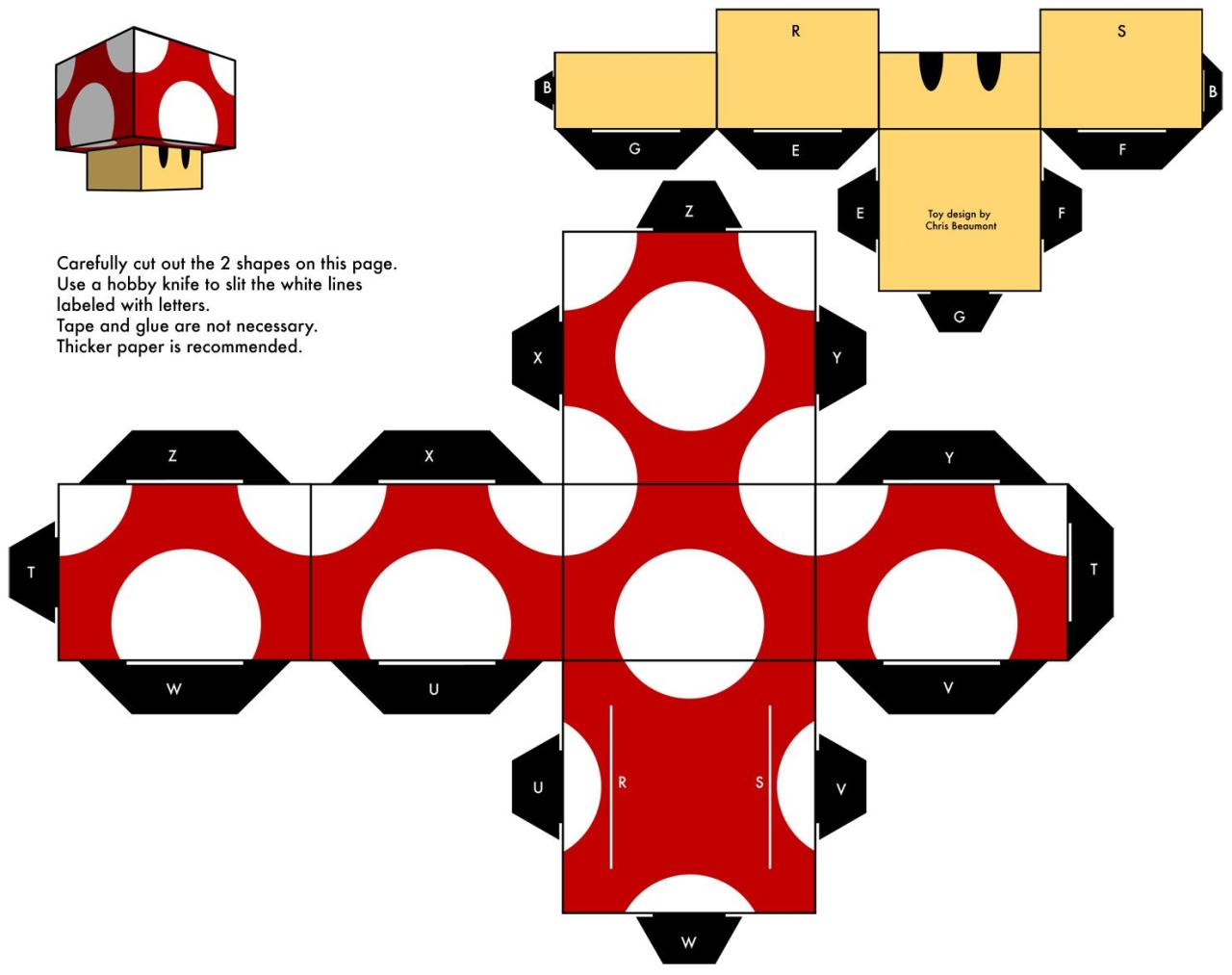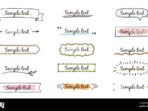Origami Creations: How to Fold Paper into Art sets the stage for an exciting exploration of a timeless craft that transforms simple sheets of paper into intricate masterpieces. This art form, with its roots in ancient traditions, not only showcases creativity but also highlights the precision and patience required to master various folds. As we delve into the world of origami, we’ll discover its history, techniques, and the joy it brings to enthusiasts of all ages.
From the basics of paper selection to advanced folding techniques, origami invites everyone to partake in a journey where imagination takes flight. Whether you’re a beginner eager to learn or an experienced folder looking to refine your skills, this guide will provide valuable insights and inspiration.
In today’s fast-paced world, the art of effective communication has never been more important. Whether it’s in personal relationships, professional settings, or even casual encounters, how we convey our thoughts and feelings can significantly impact the outcome of any interaction. This post aims to explore the key aspects of communication that can help you express yourself more clearly and connect with others on a deeper level.
First and foremost, let’s talk about the importance of active listening. Many people underestimate the power of listening; however, it is a crucial component of effective communication. Active listening involves fully concentrating on the speaker, understanding their message, and responding thoughtfully. Rather than simply waiting for your turn to speak, aim to engage with what the other person is saying. Nod your head, maintain eye contact, and ask clarifying questions. This not only shows that you value their input but also helps you grasp the nuances of their message.
Next, let’s dive into the art of clarity. When you’re communicating, it’s essential to express your thoughts clearly and concisely. Avoid jargon or overly complex language that may confuse your audience. Instead, opt for simplicity. For instance, instead of saying, “We need to synergize our efforts to optimize productivity,” you might say, “Let’s work together to get more done.” This straightforward approach ensures that your message is easily understood by everyone, regardless of their background or expertise.
Moreover, the tone of your message plays a pivotal role in how it is received. Tone encompasses not just the words you choose but also your vocal inflections and body language. If you’re delivering a message that could be perceived as negative, try to soften your tone by using positive language. For instance, instead of saying, “You did this wrong,” you might say, “I think we could improve this by…” This approach fosters a more constructive dialogue and may encourage the other person to be more receptive to your feedback.
Let’s not overlook the significance of empathy in communication. Understanding and acknowledging the feelings of others can create stronger bonds and enhance mutual respect. When responding to someone, consider their emotional state and how your words may impact them. For instance, if a colleague is expressing frustration over a project setback, rather than immediately jumping to solutions, acknowledge their feelings first: “I can see that this is really bothering you. Let’s figure out how to move forward together.” This type of empathy not only creates a supportive environment but also encourages open communication.
Visual aids can also enhance your communication, especially in professional settings. Incorporating visuals such as charts, graphs, or images can help clarify complex information and make your message more engaging. People often retain information better when it’s presented visually, so consider using slides in a presentation or infographics in written communications. Just remember to keep your visuals simple and directly related to your message to avoid distraction.
Additionally, non-verbal cues—such as facial expressions, gestures, and posture—convey a wealth of unspoken information. Being aware of your own non-verbal signals and those of others can provide valuable insights. For instance, if you notice someone crossing their arms during a conversation, they may be feeling defensive or closed off. Adjusting your approach based on these cues can significantly improve the effectiveness of your communication.

Now, let’s address the role of feedback in communication. Constructive feedback is a two-way street; it’s not only about giving input but also being open to receiving it. When providing feedback, focus on specific behaviors rather than personal attributes. For example, instead of saying, “You’re always late,” you might say, “I noticed you arrived late to the last few meetings, and it disrupted our schedule.” This method promotes a more productive conversation without putting the other person on the defensive.
In the age of digital communication, understanding the nuances of online interactions is also essential. Emails, messages, and social media posts lack the facial expressions and tone that accompany face-to-face conversations, which can lead to misunderstandings. Always take a moment to review your messages before sending them. Ensure they convey the intended tone and content. This practice can help prevent unnecessary conflict and maintain positive relationships.
Lastly, let’s not forget the power of storytelling in communication. Sharing personal anecdotes or stories can make your message more relatable and engaging. People are often drawn to stories because they evoke emotions and create connections. For instance, if you’re discussing a challenging project at work, sharing a personal experience of overcoming a similar challenge can inspire and motivate others. Remember, stories have the ability to resonate with people on a deeper level and leave a lasting impression.
In conclusion, mastering the art of communication takes practice and mindfulness. By actively listening, being clear and concise, using empathy and positive language, incorporating visuals, being aware of non-verbal cues, giving and receiving feedback, navigating digital communication effectively, and utilizing storytelling, you can enhance your interactions with others. So, whether you’re engaging in a casual conversation or delivering a presentation at work, remember these tips to communicate more effectively and build meaningful connections.
FAQ Explained: Origami Creations: How To Fold Paper Into Art
What materials do I need to start with origami?
You primarily need origami paper, which is lightweight and comes in various colors and patterns. A flat surface and your hands are essential, but some may also use tools like scissors or a bone folder for precision.
Can I use regular paper for origami?
Yes, regular paper can be used for origami, but it’s advisable to use paper specifically designed for origami as it is easier to fold and holds shapes better.

Is origami difficult to learn?
Origami can vary in complexity; beginners can start with simple models, and as you gain experience, you can challenge yourself with more intricate designs.
How long does it take to master origami?
Mastery of origami depends on practice, but many find that with regular folding, they can become proficient in a few months while creating beautiful models along the way.
Are there any benefits to practicing origami?
Yes, practicing origami can enhance fine motor skills, improve concentration, boost creativity, and provide a relaxing and meditative experience.




